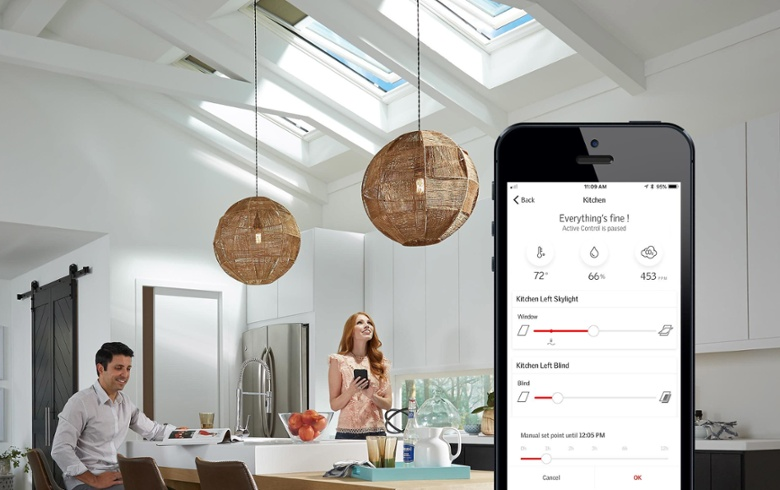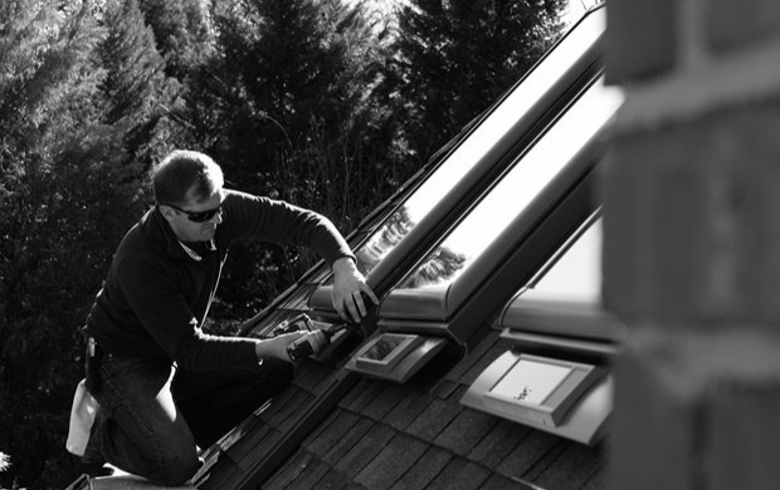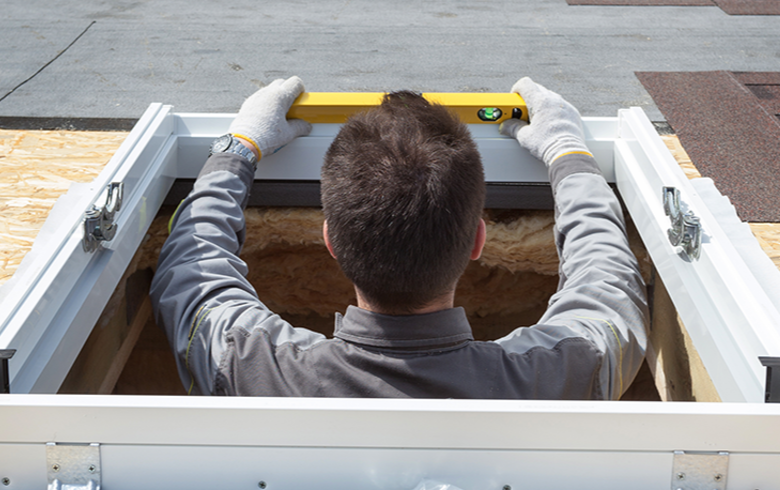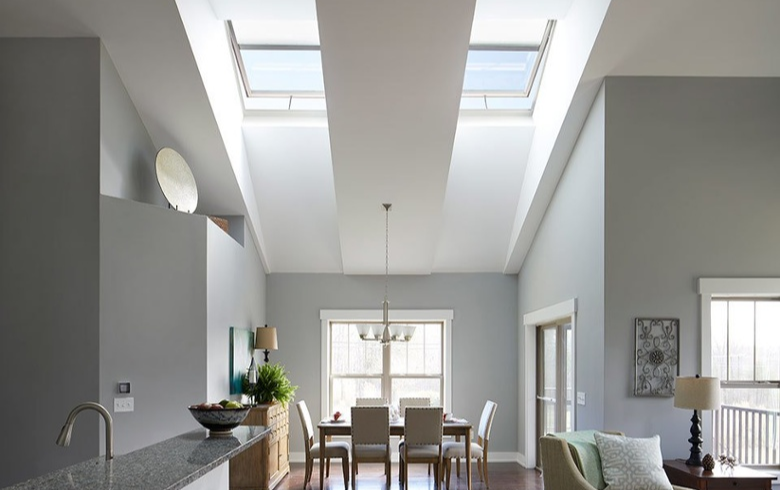It's the way of the world: our computers, cars, and phones are smarter than ever before, and now, our homes are following suit. And as a contractor, it's up to you to keep up with the latest in smart technology.
Paul Lamkin, a contributor for Forbes.com and the ambient, began writing Smart Home Diary this year to chronicle his experiences building a smart home from scratch.
So, to help you in your intelligent design endeavors, here are his top pointers for successfully taking a regular home and making it smart!
Start With The Essentials
Like every new house, it's important that a smart home has a good foundation, and not just structurally. The key smart home tech - lighting, heating, and security - may not seem too flashy at first, but it can be quite exciting once it's all connected.
Since these are all components the homeowner will use consistently throughout the year, it makes sense to bundle them. Nest, for example, offers a full suite of products so you can get all the essentials grouped together into one easy-to-use app.
Don't Go Completely Wireless
The future may be wireless, but wired is still the most reliable option. So, when you're building, make sure to account for running wires through most every room in the house.
If you've still got exposed walls, bury Cat6 cable before plastering, that way you don't have to hold back with Ethernet and can also carry digital TV signals from room to room.
Pick The Best Channel
WiFi networks can very easily get congested. So you'll need to make sure you check that the system is working on the best channel available. Built-in utilities in both Mac OS X and Windows softwares can help you do this, as can a variety of free software options.
But Don't Agonize Over Platforms
Smart home connectivity is still in its infancy, so it can be confusing for the average customer. Nest, HomeKit, Wink, Z-Wave, Zigbee, SmartThings, and Brillo are all just platforms, but standards of a smart home. Likewise, big tech names like Apple, Google, and Samsung all want a piece of the smart home pie, but no one has really set the standard yet.
Most devices work across multiple platforms. Smart bulbs, for example, can officially be used with Android and iOS, but there are also a number of third-party apps for Linux, Windows, Mac, and more. And Google's Nest Thermostat can be controlled by iOS and Android devices while competitors, like Honeywell, can be more universal.
In other words, smart home platforms are expected to grow and expand as the technology becomes more in-demand, so don't fret if your preferred platform isn't completely universal because it more than likely will be soon.
Treat Yourself With Novelty
Paul recommends avoiding novelty items altogether, but we say they can be a way to treat the homeowner to something that will make their abode that much more extraordinary.
If the homeowner is a caffeine aficionado, for example, there are coffee machines that turn on when they "sense" people are awake. Additionally, smart mirrors that display the day's news and weather conditions can be installed in the master bath.
For a novelty that provides light, fresh air, and an interesting new design, certain VELUX Skylights are now compatible with VELUX Active with NETATMO, a home climate control and monitoring system. VELUX Active uses sensor-based controls and the homeowner's smartphone to automatically adjust skylights and blinds for ideal temperature and air quality.
Smart home technology can provide your clients with added security, comfort, and convenience. And fortunately, as the technology has evolved, the smart home vision has become even more manageable while enabling new opportunities for architects, builders, and homeowners alike!





